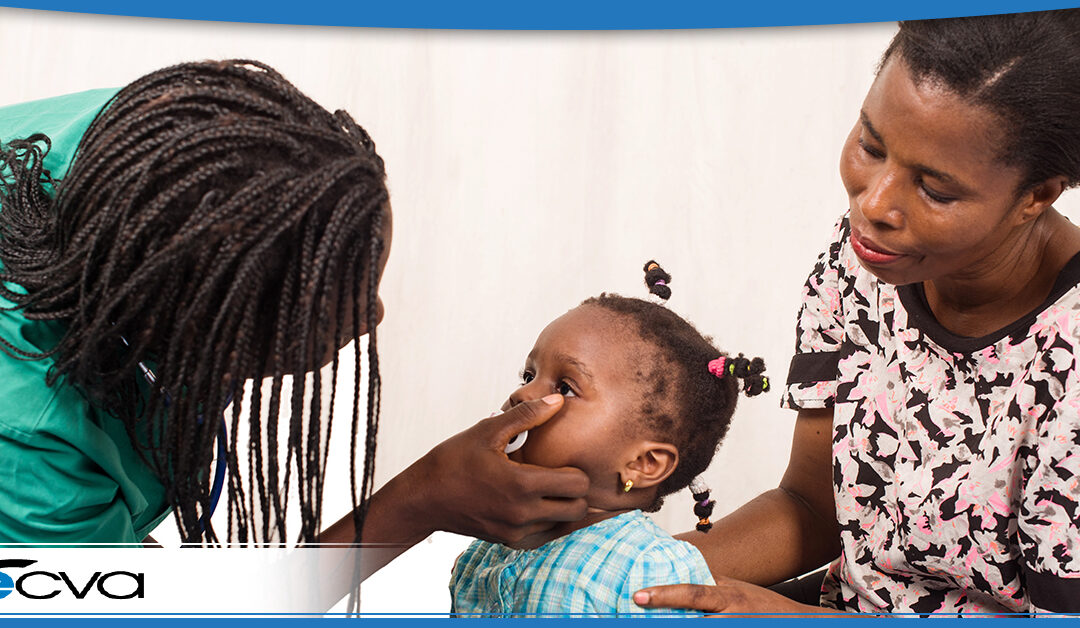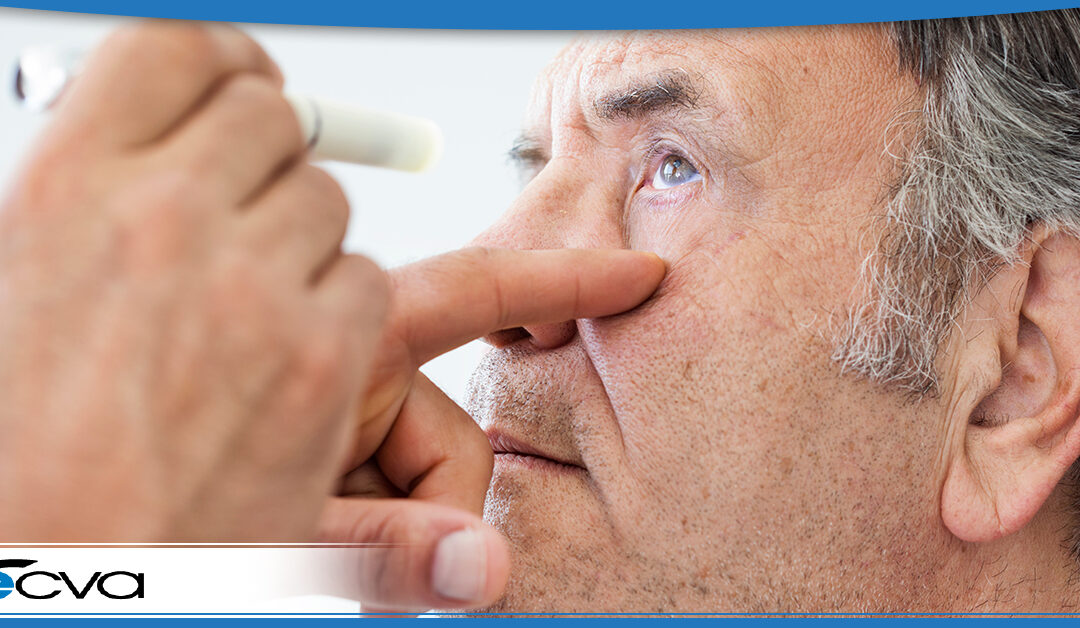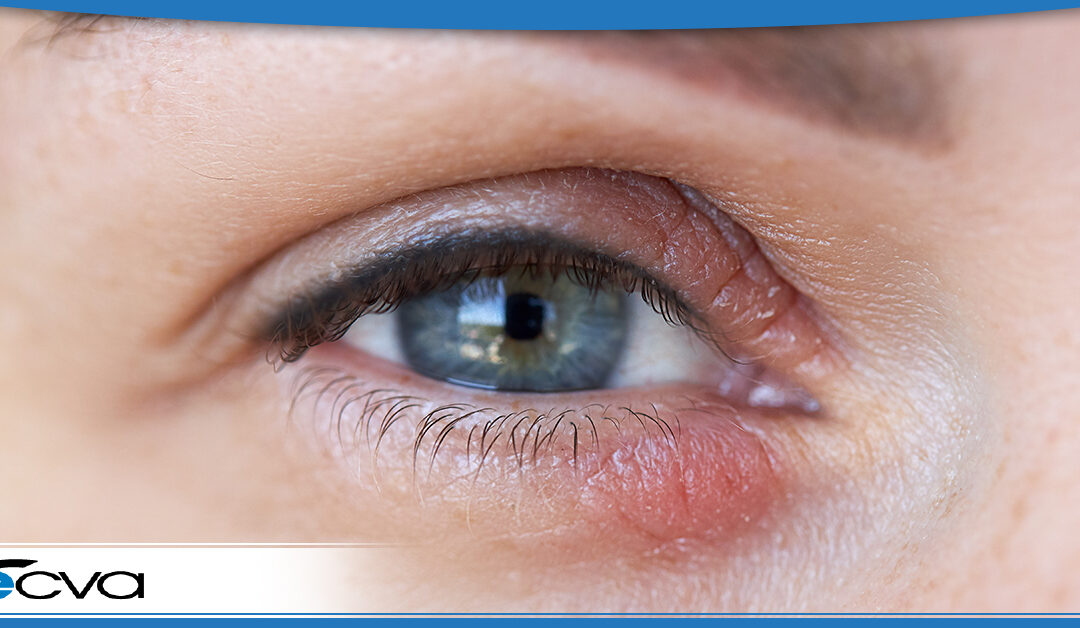
by ecvaeyeadminz | Feb 22, 2024 | Eye Health
Amblyopia, which is also colloquially referred to as lazy eye, is a condition that can impact people of all ages. While it’s more common in children, adults can develop it later in life for various reasons. Additionally, some people may have had lazy eye for...

by ecvaeyeadminz | Jan 4, 2024 | Glaucoma
After a glaucoma diagnosis, finding a suitable treatment is crucial for preserving visual acuity. Glaucoma causes pressure to rise in the eye, and when that occurs, damage to the optic nerve can harm a person’s ability to see, potentially leading to permanent vision...

by ecvaeyeadminz | Aug 24, 2023 | Eye Health
The start of the school year is on the horizon, so many households are taking the time to get ready for the upcoming academic year. One critical part of that equation is a back-to-school eye exam, ensuring children are able to see clearly when they’re in class....

by ecvaeyeadminz | Aug 10, 2023 | Eye Health
Vision plays a crucial role in everyone’s daily lives. But over time, age-related eye problems may arise, affecting a person’s ability to see clearly and perform common tasks. If you’d like to know about some common age-related eye problems, their causes, symptoms,...

by ecvaeyeadminz | Jun 22, 2023 | Eye Health
Eyelid dermatitis is a form of contact dermatitis, a skin condition that occurs when you come into contact with a triggering substance, such as an allergen, dust, or irritating chemical. After contact, the eyelid experiences a reaction, leading to various...






